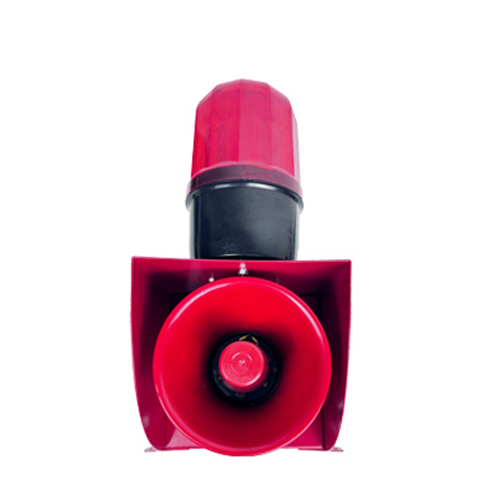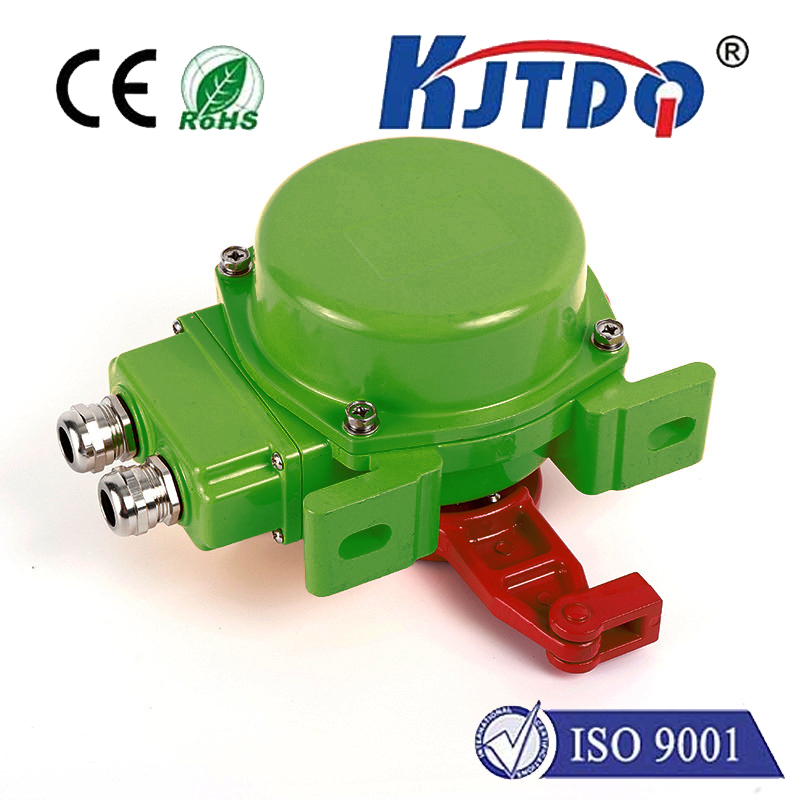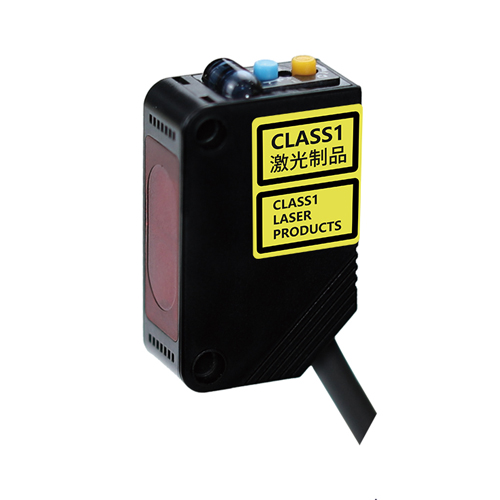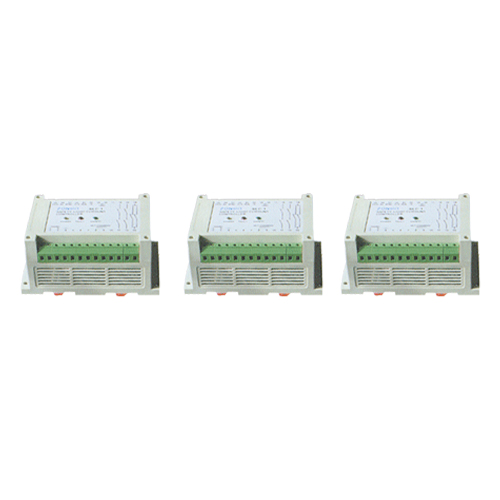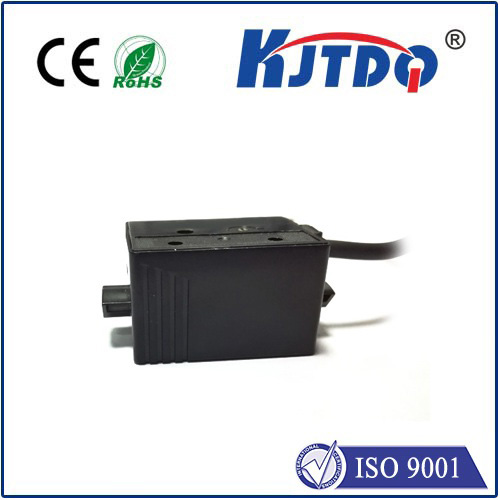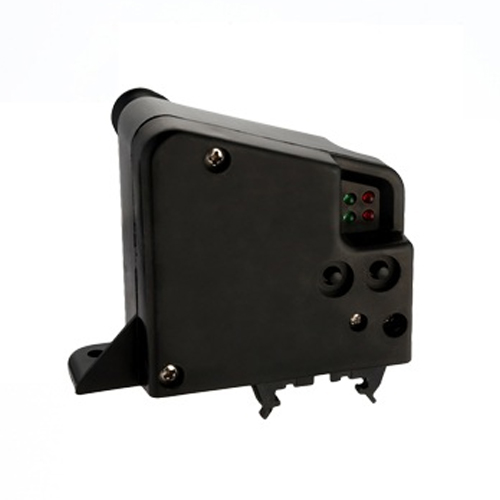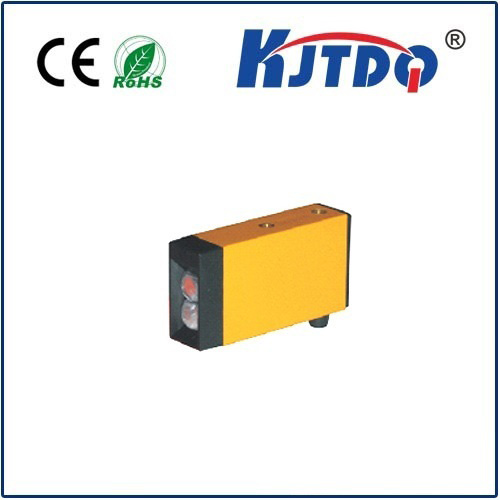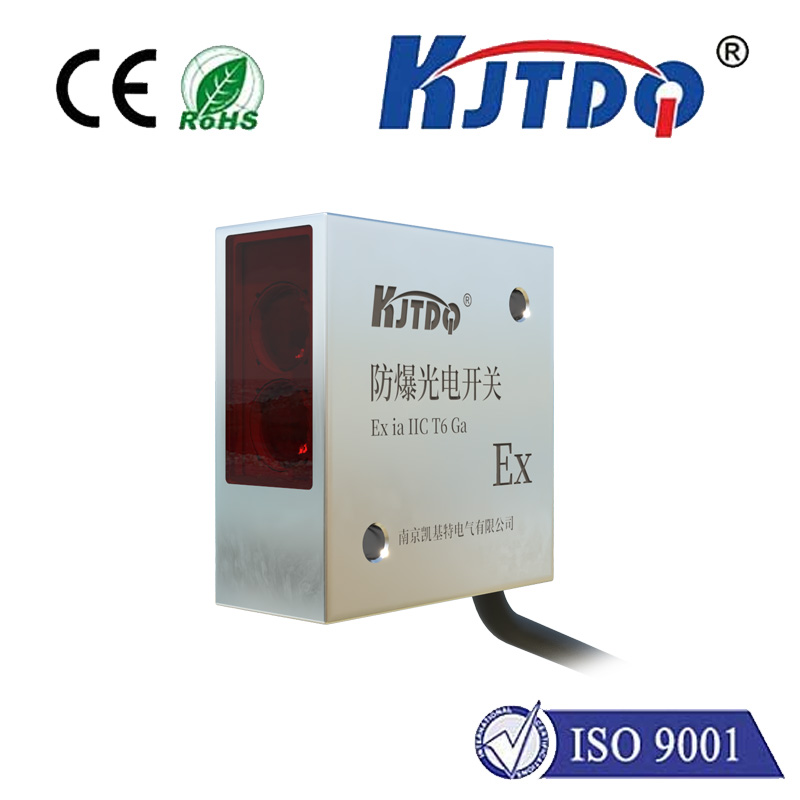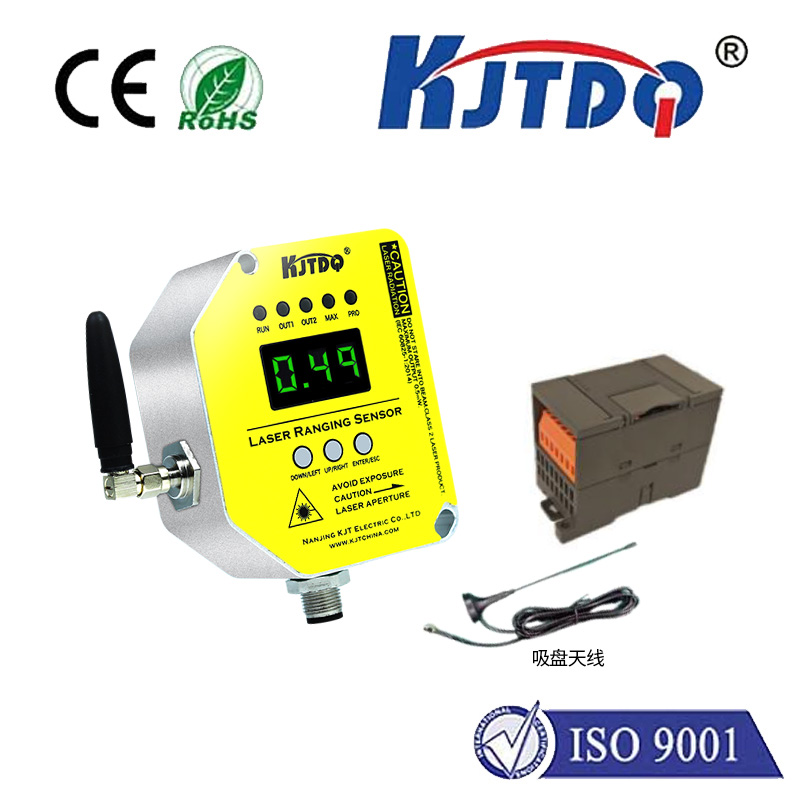

check

check

check

check

check

check

check

check

check

check
In the realm of automation and industrial sensing, inductive proximity sensors are indispensable tools, known for their reliability and versatility. These sensors work on the principle of electromagnetic induction and are used for detecting the presence of metallic objects without physical contact. With various types available in the market, selecting the right inductive proximity sensor can significantly enhance the efficiency and accuracy of your operations. This article delves into the different types of inductive proximity sensors, highlighting their unique features and applications.
Basic inductive proximity sensors are the foundational type within this category. They consist of a coil that generates an alternating electromagnetic field. When a metal object comes into the vicinity of the sensor, the field induces small eddy currents within the object, which in turn modify the electromagnetic field. This change is detected by the sensor’s electronic circuitry, triggering an output signal. These sensors are ideal for simple applications where robustness and reliability are paramount.

Differential inductive sensors offer enhanced sensitivity and selectivity compared to their basic counterparts. They employ two coils: one transmitting and one receiving. The receiving coil detects changes in the magnetic field caused by the presence of a metal object. This configuration allows differential sensors to distinguish between target materials more effectively and reduces interference from non-target objects. As such, they are well-suited for applications requiring precise detection in noisy environments.
Capacitive-coupled inductive sensors represent an advanced variation designed to improve detection capabilities in situations where standard inductive sensors fall short. By incorporating capacitive elements, these sensors can better handle issues related to material composition and surface condition. Their enhanced sensitivity makes them suitable for detecting thin or distant objects, as well as those with varying shapes and sizes. This type of sensor finds applications in industries where precision is crucial, like automotive manufacturing.
Smart inductive sensors integrate additional functionalities, such as self-learning, diagnostics, and network connectivity. They can adjust their sensitivity automatically based on environmental conditions and provide feedback on their operational status. These intelligent features simplify integration into complex systems and enable predictive maintenance strategies. Smart inductive sensors are particularly beneficial for large-scale industrial applications where data analysis and system optimization are vital.
The diverse types of inductive proximity sensors cater to a wide array of industries, each with its specific requirements. From manufacturing floors monitoring assembly lines to warehouses managing inventory, these sensors ensure seamless operation and efficiency. In transportation, they aid in vehicle detection and traffic control systems. Additionally, smart sensors are increasingly being adopted in IoT ecosystems, facilitating real-time monitoring and decision-making processes. In conclusion, understanding the various inductive proximity sensor types empowers engineers and technicians to make informed decisions tailored to their particular needs. Whether it’s a basic model for straightforward tasks or a sophisticated smart sensor for high-tech applications, the right choice can optimize performance and productivity across multiple sectors. As technology continues to evolve, so too will the capabilities of these indispensable devices, further expanding their horizons in the industrial landscape.
